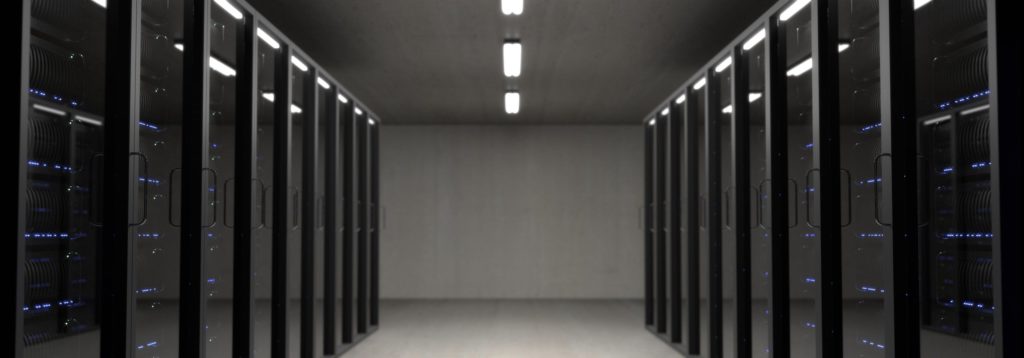
Data rooms are special spaces that are used to secure and store confidential documents. These are rooms that could be used for various reasons, ranging from storage of documents, exchanging files, and sharing financial and legal transactions. They could be physical or virtual data rooms.
You can use a virtual data room for several functions. Besides, many activities are likely to take place in the room. The most common ones are:
1. Meetings for Mergers and acquisitions
Virtual data rooms play a vital role in acquisition deals. It allows online meetings that enable sharing of confidential documents. It allows the buyer to access all the information they need to make decisions. These are secure rooms that only serious bidders can access and review the documents securely. It makes the review process inexpensive since there are no traveling expenses to be paid and hastens the merger process.
2. Sharing of information to be used in court proceedings
Most of the court proceedings entail the use of volumes of documents that are highly confidential. If such documents are handled physically, they could get stolen or destroyed. Therefore, you can view them in the virtual data room. It enables the attorney or the regulator to access and view the documents remotely.
3. sharing data on Initial public offering
Volumes of paperwork are involved when issuing an initial public offering. Investment bankers, attorneys, and other third parties will need to sign and verify the documents. It is a tedious process that is only made simple by storing documents in virtual data rooms. So, the rooms guarantee the documents’ security and play a vital role in maintaining their integrity. It helps to prevent unauthorized third parties from accessing the documents. It also makes it difficult for competitors to access documents and use them to their advantage.
4. Planning
Physical data rooms have plenty of activities that take place. So, it requires planning to allow interested parties to access the facilities and view the document. In such a case, you may need to plan the time the viewing should take place. Also, plenty of security measures must be put in place to avoid theft or destruction of the documents. It is also vital that the parties place a request whenever they want to view the documents outside the access times.
5. Setting Rules that guide visits
Physical data rooms must have a set of protocols to be observed while accessing and using them. For instance, the room manager must be clear about activities that the visitor can engage in. You should specify the use of items such as phones and laptops in taking notes and images. Also, you must state regulations on removing, damaging, and destroying any of the materials in the rooms. Although the main activities that take place in the data room revolve around viewing files and taking notes, plenty of other incidents such as taking images and photos are likely to occur in the room. Thus, it may be prudent to set out a protocol to create a transparent relationship to enable the user to access and view documents in the room without difficulties. Check this website for more information and details.
